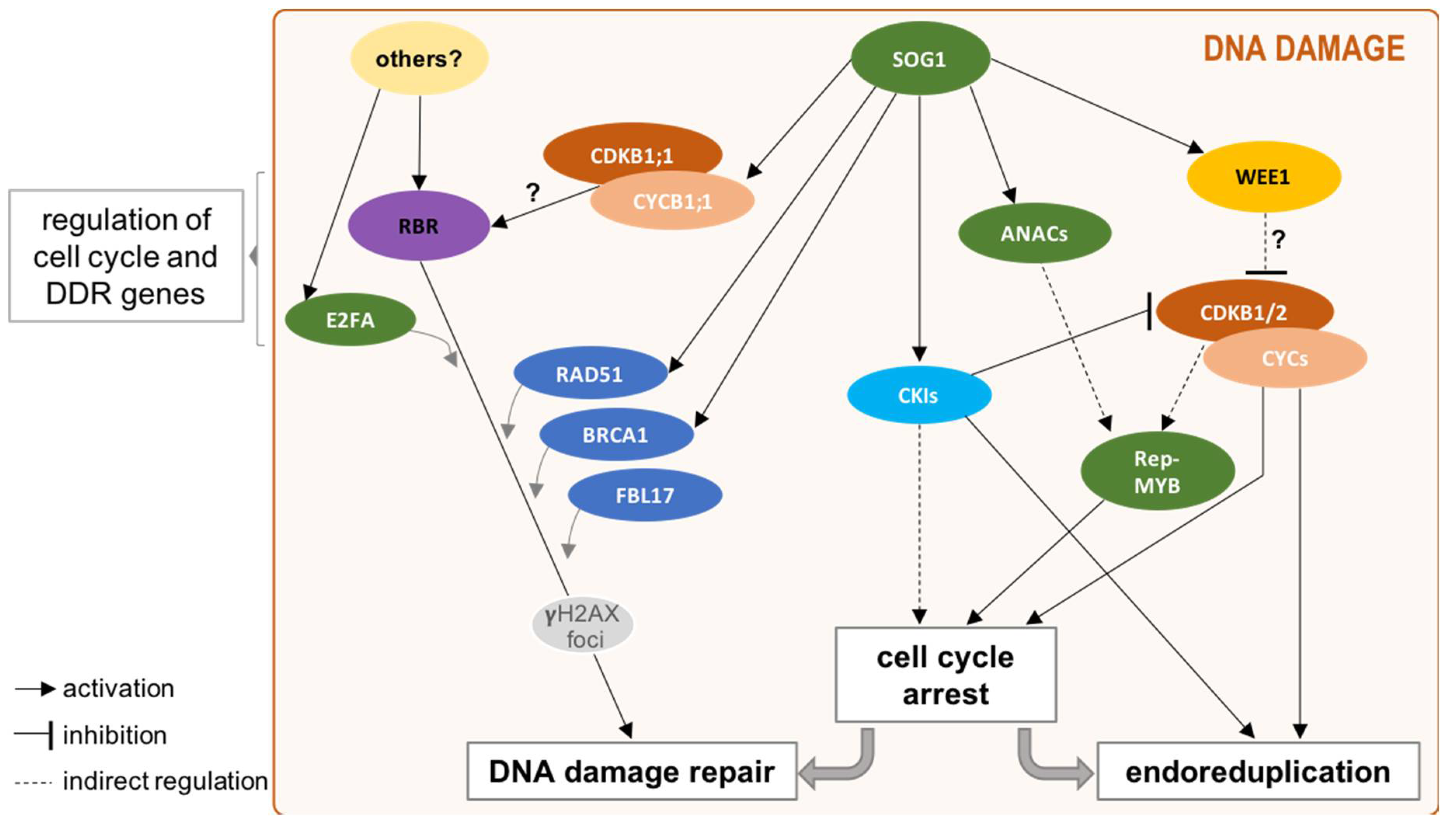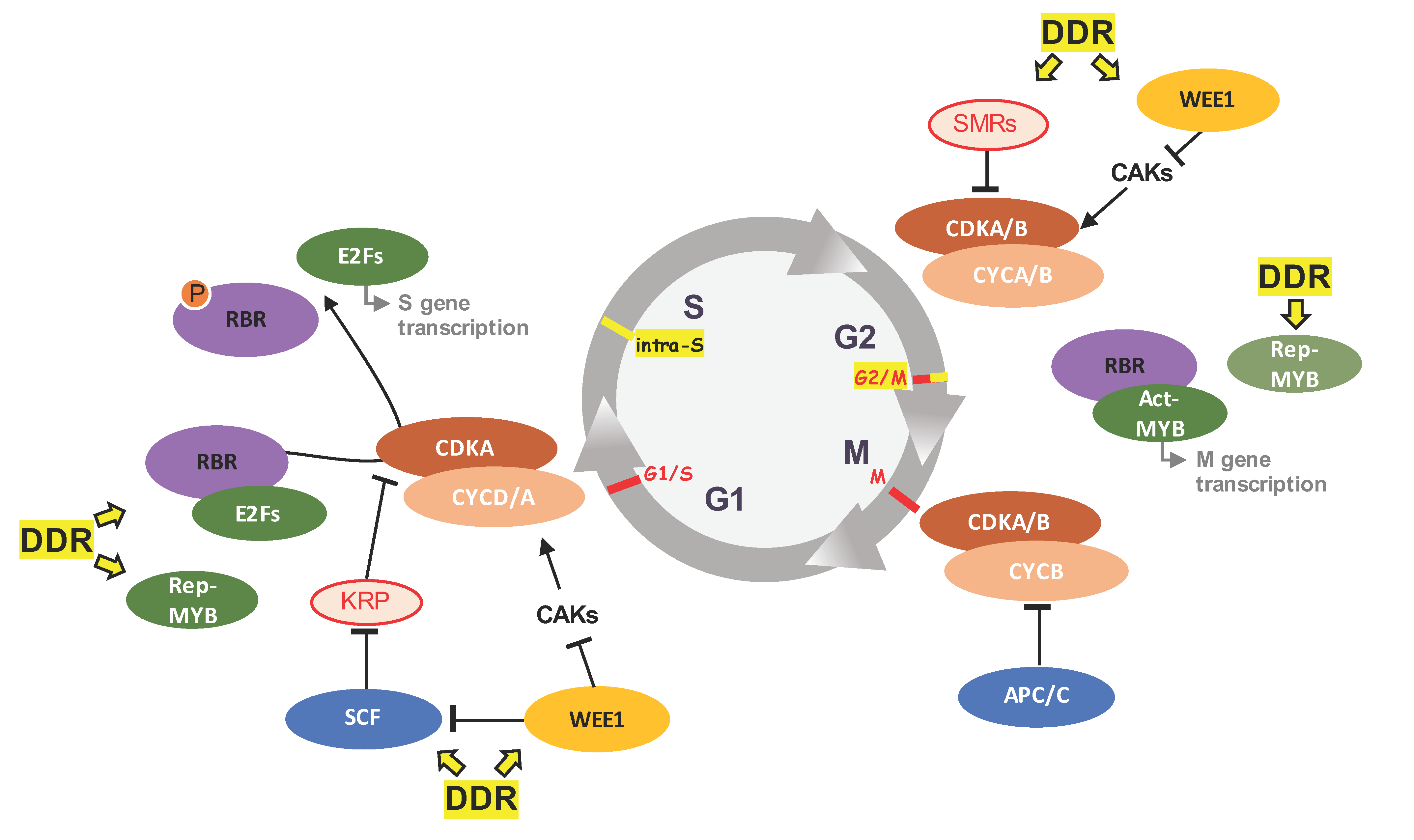Analysis of cell cycle progression following DNA damage A The Biology Diagrams Explore how cell cycle arrest maintains genomic integrity through regulatory checkpoints, DNA damage responses, and its connection to cellular aging. Triggers In Response To DNA Damage. Cells constantly encounter factors that threaten DNA integrity, including metabolic byproducts and environmental stressors like radiation and chemical

In response to DNA damage eukaryotic cells activate cell cycle checkpoints -- complex kinase signaling networks that prevent further progression through the cell cycle. Parallel to implementing a cell cycle arrest, checkpoint signaling also mediates the recruitment of DNA repair pathways. If the ext … Upon the generation of a DNA lesion, the DDR coordinates the response by activating two parallel routes: (1) the DNA damage checkpoint, a cell cycle blockage that restrains chromosome segregation until the damaged DNA has been fixed, and (2) the stimulation of a set of DNA repair factors that deal with the restoration of the broken DNA.

Cellular responses to DNA damage: cell Biology Diagrams
The CDKNs not only act as cell cycle checkpoints but also are heavily linked to DNA damage response. For instance, P53 is a tumor suppressor gene and responsible for regulating genome stability. In response to DNA double-strand breaks (DSB), P53 can directly activate the ataxia-telangiectasia mutated (ATM) kinase through phosphorylation. DNA damage response and the cell cycle are two intertwined cellular processes. On the one hand, as discussed above, DDR leads to cell cycle arrest by activating checkpoint kinases. On the other hand, an emerging idea is that even the unperturbed cell cycle has a constitutive surveillance mechanism that is related to DDR [24, 25]. This is Genome damage is a threat to all organisms. To respond to such damage, DNA damage responses (DDRs) lead to cell cycle arrest, DNA repair, and cell death. Many DDR components are highly conserved, whereas others have adapted to specific organismal needs. Immense progress in this field has been driven by model genetic organism research.

DNA damage checkpoints were initially defined as non-essential regulatory pathways that control the ability of cells to arrest the cell cycle in response to DNA damage, allowing time for repair. The DNA damage response (DDR), through the action of sensors, transducers, and effectors, orchestrates the appropriate repair of DNA damage and resolution of DNA replication problems, coordinating these processes with ongoing cellular physiology. In the past decade, we have witnessed an explosion in understanding of DNA damage sensing, signaling, and the complex interplay between protein
